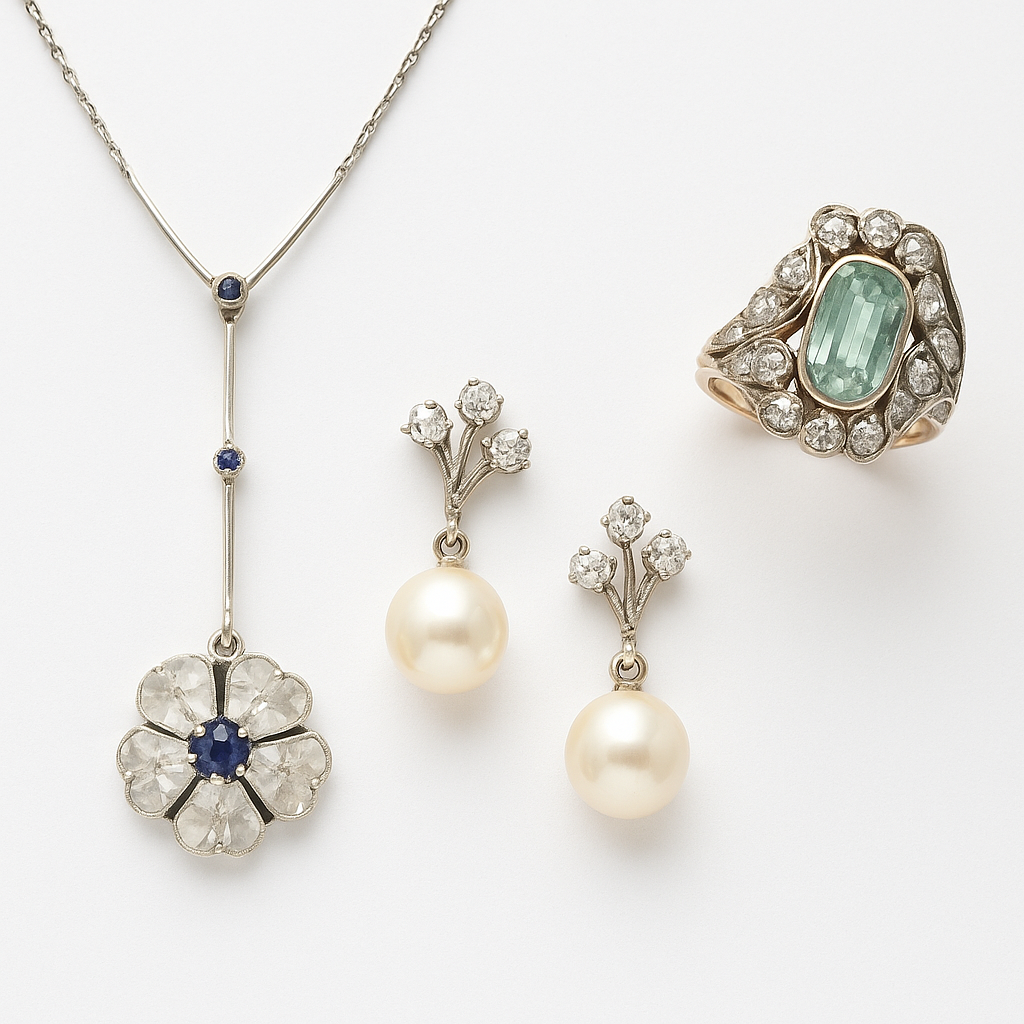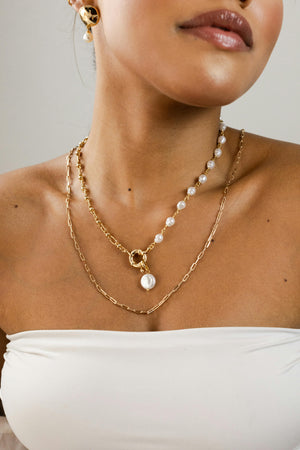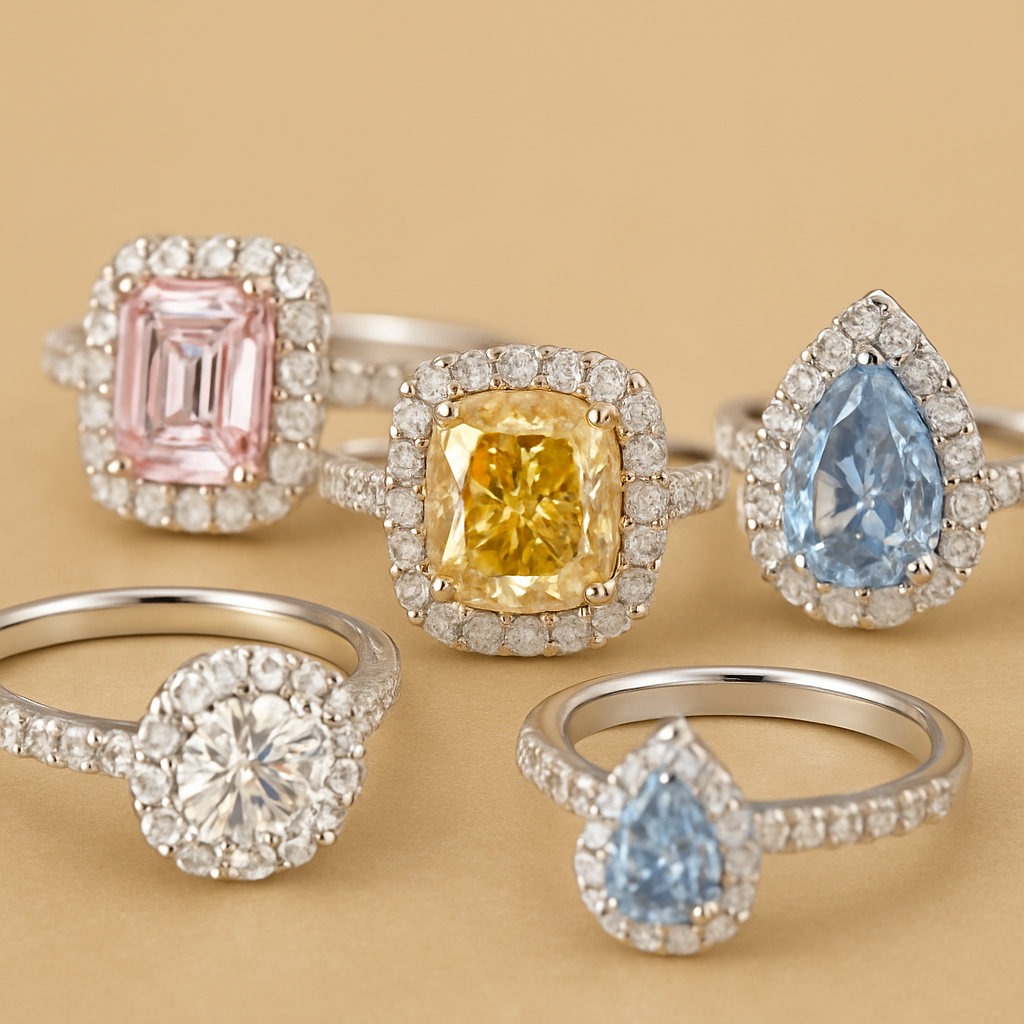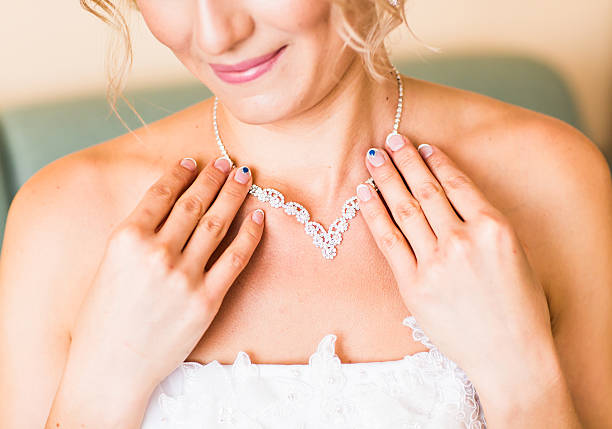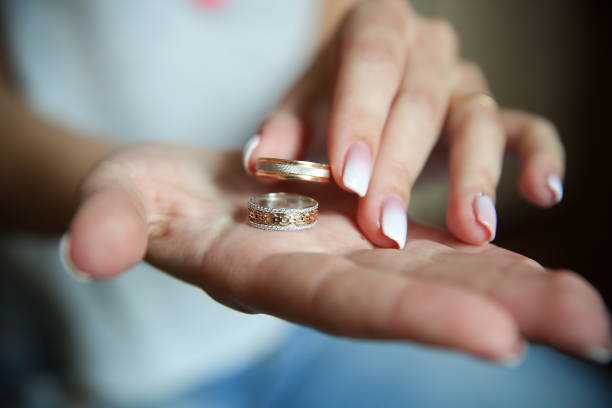Jewelry is the most intimate of forms of heritage. An heirloom item isn't only worth something due to its materials — it's worth something due to its history, emotions, and legacy. Appreciating the worth of heirloom jewelry involves seeing past the glint — into the memories, skill, and significance that go into every piece.
Here, San Liora will help you step-by-step guide to fully enjoying what heirloom jewelry has to offer.
1. Emotional and Sentimental Value
The initial — and frequently most significant — layer of worth is emotional.
Heirloom jewelry links generations.
It may represent:
- A great-grandmother's engagement
- A milestone birthday or graduation
- Survival of difficult times or wars
- A family's religious or cultural practices
Emotional worth:
- Makes an item irreplaceable to its owner.
- Frequently more valuable than its monetary value.
✨ Advice: When assessing an heirloom, inquire about its history.
Family stories place an intangible shine that no appraisal can duplicate.
2. Historical Significance
A lot of heirloom items provide glimpses into the past.
They could stand for:
- A period (Edwardian, Art Deco, Victorian)
- A movement in art (Art Nouveau)
- Social shifts (post-war minimalism, glitz of the Roaring Twenties)
Both monetary and cultural value can be increased by historical significance.
✨ Advice: Pay attention to design elements. Handmade settings, old-cut diamonds, or elaborate filigree frequently allude to a particular time period.
3. Material Value
Of course, the materials themselves — gemstones and metals — have inherent value.
Key criteria are:
- Metal Type: Platinum, gold, and silver never go out.
Antique gold tends to be higher-karat than contemporary pieces. - Gemstones: Diamonds, sapphires, rubies, and emeralds hold strong value — particularly if untreated.
- Craftsmanship: Handmade pieces, particularly pre-industrial revolution, tend to exhibit superior craft.
✨ Advice: Just because an item appears fragile, antique metals were sometimes made from greater purity (such as 18K gold), providing actual substance worth.
4. Rarity and Uniqueness
In contrast to contemporary jewelry that is mass-produced, heirloom pieces are frequently unique.
Value is increased by rarity, particularly if:
- Old European cut diamonds are an example of a gemstone cut that is no longer common.
- The design is unique and cannot be duplicated.
- It includes rare craftsmanship techniques (such as intricate millegrain work or hand engraving).
✨ Advice: Minor imperfections in vintage items are not defects; rather, they are marks of artistry that give them their individuality.
5. Provenance and Documentation
Provenance is evidence of origin —
Who did it belong to? Where was it created? How old is it?
Having:
- Original receipts for purchase
- Appraisals
- Certificates
- Family records
…greatly increases both monetary and historical value.
✨ Advice: If you lack documentation, have the piece appraised and valued by a reputable jeweler or gemologist.
6. Condition and Preservation

The jewelry's value is influenced by its physical condition.
Important things to think about:
- Do the prongs remain in place?
- Is the metal thin and worn?
- Have any stones been lost or replaced?
Even with wear, the piece's original condition can occasionally be more valuable to collectors than restoration.
✨ Advice: To preserve value, clean gently, store with care, and have only reputable antique jewelry experts fix it.
7. Appraisal and Insurance
To fully appreciate the worth:
- Consult a gemologist with experience in antique and vintage jewelry for a professional appraisal.
- Recognize the difference between resale value (what you would get from selling it) and insurance value (what it costs to replace).
✨ Advice: When appraising, ask for both a monetary appraisal and written historical commentary; this provides a more comprehensive picture.
8. Cultural and Symbolic Value
In most cultures, heirloom jewelry is more than just decoration — it's a symbol of heritage.
Examples:
- Indian communities pass down gold jewelry as a symbol of economic security.
- European communities value heirloom lockets and brooches.
- Native American communities hold dear turquoise jewelry with spiritual meaning.
✨ Advice: Being aware of cultural symbolism adds meaning layers — and enhances your appreciation for the piece.
Final Thoughts: Understanding the True Value
The true value of heirloom jewelry is a beautiful blend:
-
Emotional connection
-
Historical roots
-
Material wealth
-
Cultural legacy
When you wear an heirloom piece, you don't just wear jewelry —
you wear the dreams, struggles, and triumphs of those who came before you.
Cherish it. Protect it. Pass it on.
“Jewelry is a tangible memory — carrying the heartbeat of generations.”


